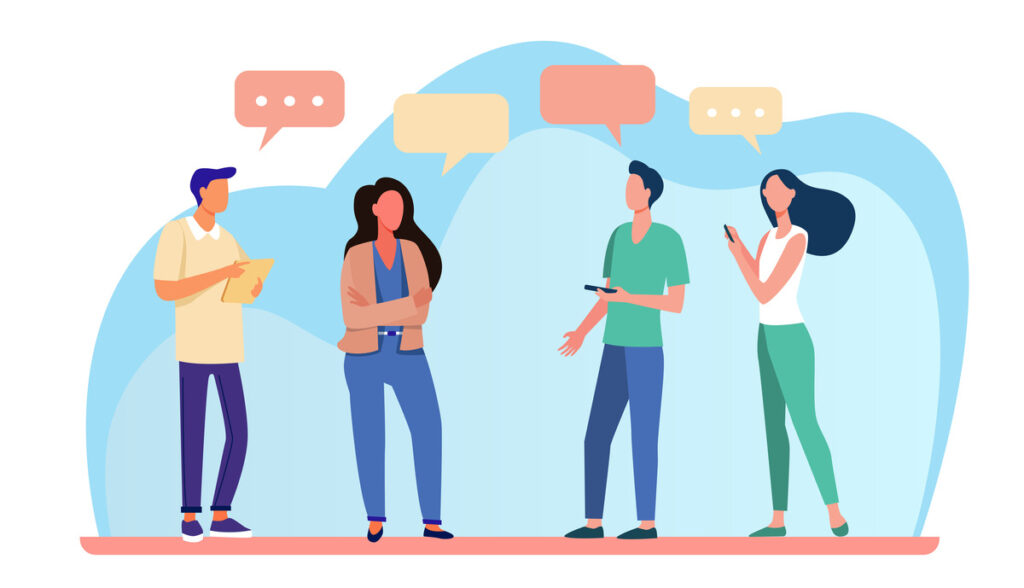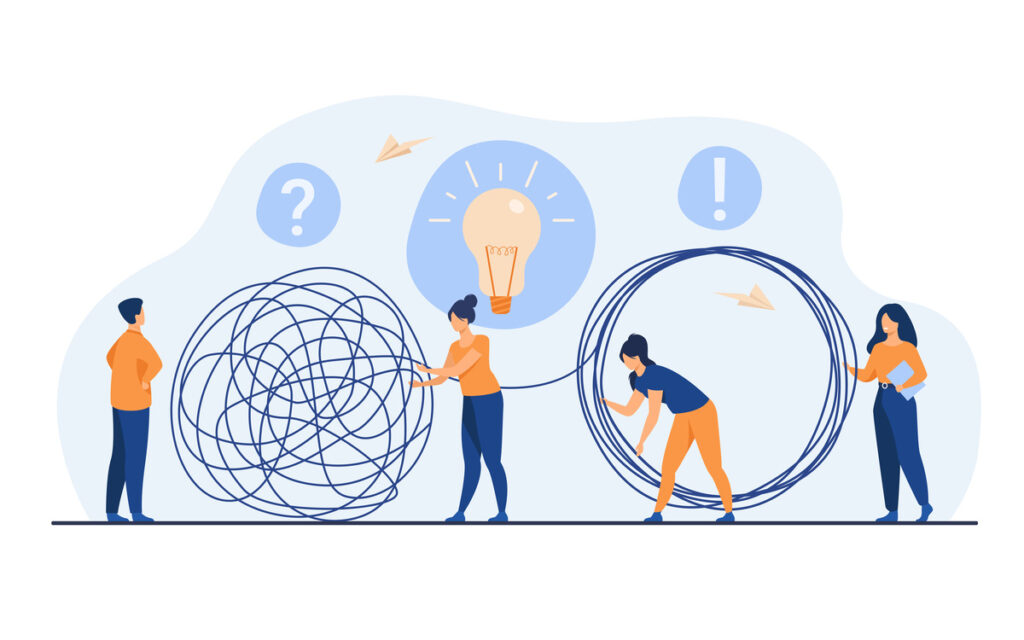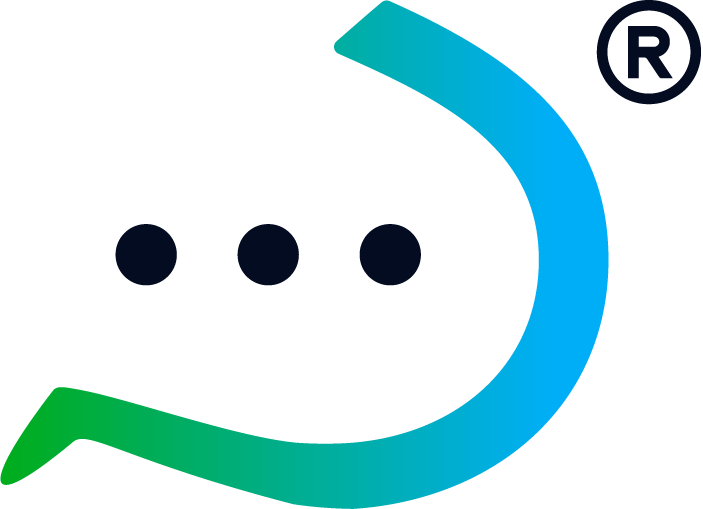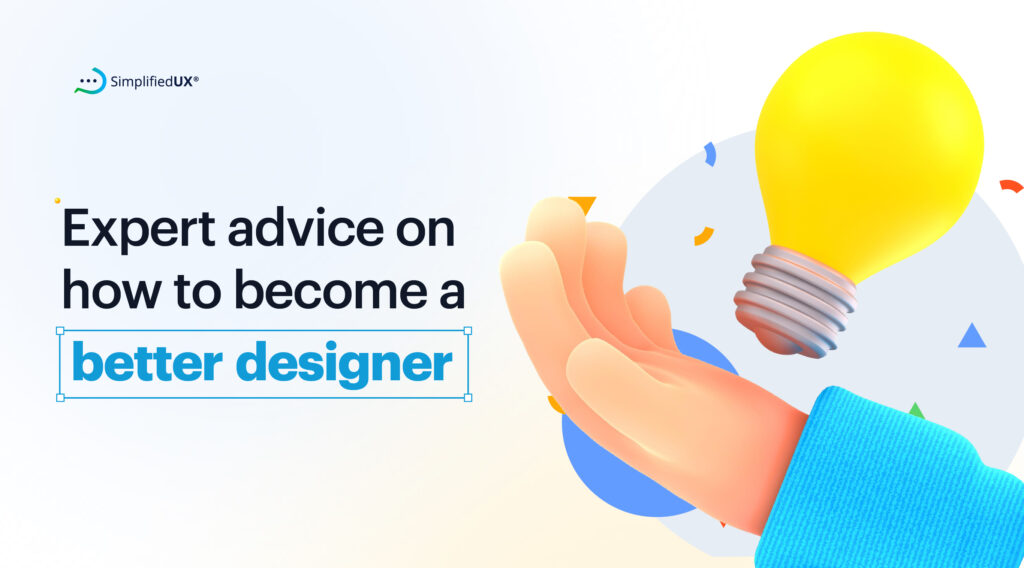Designers with over a decade’s experience shared insights on how to become a better designer while we conversed on their journey into design as self-taught designers.
During our conversation, a couple of things were repeatedly said and are noteworthy. These apply to designers just starting out their design careers and designers who have experience as well.
Before we share these insights, we will share some tips we gathered ourselves on how to become a better designer. You can find a link to the conversation at the end of this article.
How to Become a Better Designer
Practice with design principles in mind
Becoming a better designer as with everything on earth, requires you to follow core design principles and be consistent in practice.
“They say it takes 10,000 hours to become an expert in something. So if you practice for an hour a day, you’ll be there in 27 years. But nobody has that kind of time. So you have to be deliberate about your practice.”
Josh Kaufman (Author)
Consistent practice is one of the habits to develop in becoming a better designer. Regardless of the level you are in your design career, ensure to replicate a design from one of your favorite products or designers as often as possible. You can dedicate 1 – 2 hours out of your daily 24 hours to do this and you will not only become a better designer with every practice but you will also develop a sophisticated design style while at it.
In following design principles, you will have a guide that ensures you get it right as you practice various designs, be it visual design, product design or brand design.
Get feedback
Consistent practice should be backed with getting feedback on your design. If you are self learning on YouTube or other resources and do not have a designer around you to give you feedback, or you are on the introvert side, one way to get feedback is on social media. Late last year, the hashtag, “roastmydesign” started trending on X (formerly Twitter). You can utilize it as well. Simply post your design with the hashtag attached to get feedback from other designers online.
The more criticism and feedback you get on your designs, the closer you are to become a better designer.
Keep upskilling
The design industry keeps evolving and as such, even seasoned designers have to acquire new skills and learn new software. Back in the day, designers used corel draw to design. Smart designers upskilled and learned new software like Illustrator, photoshop and Adobe XD. Even with over a decade’s experience, you still have to learn new skills and tools to be better and relevant in your career.
Priortize people you design for
There are 2 people you’d be designing for. Users and stakeholders. For each of these individuals, find out what their goals are. The goal for the user could be simply to send money abroad in 3-4 seamless steps. The goal for a stakeholder could be to have people from a specific region use the app.
Understand these different needs to design products that will benefit the people you design for. To understand what these needs and goals are, simply reach out and have conversations that will give you vital information to work with. This is what we all know as user research.
Don’t niche down yet
Contrary to popular opinion, it is not great advice to niche down at the start of your design career. It is best that you work in various industries to figure out which industry you enjoy working in. With AI’s arrival, generalist designers have a competitive advantage over T-shaped designers.
Test your design knowledge often
Regular design knowledge tests aren’t just assessments, they are stepping stones to becoming a better designer. When you develop a routine to test your knowledge of core design principles, color theory, typography etc, you subconsciously apply the knowledge you gain to your designs. This improves your design knowledge over time and ensures that you make fewer mistakes in your designs.
Volunteer and collaborate

If you can not afford a bootcamp as a beginner, volunteering and collaborating will help a great deal. When you work on a project with other designers and developers, you learn from different perspectives and you learn how to communicate and work with a team.
Solve problems
Part of being a designer is being able to solve problems. Especially with products. With products you design to solve the problems users have at the onboarding process or during payment. One way to figure out problems within a product is through user research and usability tests. If you do not already work with an organisation, you can check out reviews of your favorite app on the app store to see problems users encounter while using the app.

Do this as often as you can, in no time you can identify problems within a product with ease and by extension, become a better designer.
Keep learning
Keep learning new ways to apply color, typography and spacing to perfect your design skills as these are the foundation of design. Set various goals for new color application trends you’d like to try to improve how you apply colors to design. These goals and practice will make you become a better designer.
Expert Tips on How to Become a Better Designer
Leslie Williams, Product Designer at EDF, UK
“I had this friend that said if I wanted to get better, I should work on creating a design everyday for 2 years. I pretty much took it to heart and everyday, I would create a design. It didn’t need to be perfect. It didn’t need to look good , I just needed to just churn it out.
I kept on like that for one and half years and then I got invested in learning flash animation, basic animation principles. I mastered illustrator and started investing more on studying designers. Not just from afar but really going into their work. Their portfolios. Tried to replicate their work. Tried to figure out a design style that really resonated with what I loved.
The good thing about that phase of my career was that I was able to do a lot of experimenting without being pressured with client expectations or having to make money. I was just focused on my craft and getting better.
What also helped me at that time was that I had friends who wanted to get into tech as well. Some designers, some developers. So we got to collaborate on a number of projects and we were basically just challenging ourselves to be better.
Your foundation as a visual designer doesn’t disappear as you become a brand designer. It just becomes a lot more elevated. The foundations are always the same but the context is different.
Listen to your users, understand how the platform works, know who your users are and where they operate, design for them and make their experience as seamless as possible. As long as you have the core principles nailed to the ground. It doesn’t matter where they take you (web3, finance, marketing) you will still shine.
Dara Sobaloju, Product designer at Treepz Inc
“I got an advice from a friend when I first attempted to design. I had no experience in designing. Since it was an urgent job, he told me, ‘Don’t use more than 2 colors or more than 2 fonts on your design. And also, white and black are not regarded as colors so you can use any 2 colours with them.’ I took that advice and worked with it on all designs I had to work with from then on.
The fundamentals of design are universal. It doesn’t matter if you are coming in as a brand designer or as a product designer. 3 basic things you must develop yourself and know are, typography, colors and spacing/grid system.
I watched every video I could on typography and color theory on YouTube and practiced what I learned. Over time, I could see my growth.
Sharing my work and getting positive feedback from a senior designer allowed me see my growth and improvement from the efforts I was putting in. I published my casestudy on Medium and couple of hours later, uxdesign.cc reached out to me asking if they could publish it on their blog. And it motivated me a lot.”
Sam Obi, Product designer at Chase
People who are self taught are more determined because they tell themselves they have to be good at what they are doing so that they can make money from it. I began to think of how I’d be when I am 30 years old as a designer, how I’d be when I am 35 years old as a designer and then I mapped out my way to that point by working it backwards. You can see your growth if you can tell yourself in 5 years, this is how I want to be, this is the level I want to get to and work towards it. When you look up to people it’s because you are trying to get better.
Q&A Session
Question: As you saw you were getting better what did you stop doing, what did you continue doing and what did you start doing to get you to the point you are?
Dara:
“One thing I did not stop doing was comparing where I am now to where I used to be because I have targets for my learning journey. I always ask myself, what is the next thing I want to learn? What is the next thing I want to master? What is the next thing I want to improve on? When I get to the point I feel like I have done it, how I examine myself is that I compare my day 1 (when I started), with my day 100 (based on the deadline I give myself). I kept learning the basics over and over again.
There are some products (apps/websites) I hold in high esteem and people I admire, I keep referring to them and ask myself, how are they using color now? How are they using typography now? Is there anything they are doing differently that has improved the overall look of their design?
One thing I stopped doing was I stopped not appreciating the effort put into a product’s design and development.
An advice I’d give is, ‘focus on improving the value you have to offer than on the pricing you have to offer’
‘Always strive to learn, your competition is you.’”
Question:
Did reading books on design help you get better? Even at your current skill level have books helped you become better?
Leslie:
You can identify a couple of good books you can actually read and not just books on design. If you have read 2- 3 good design books, you have read all of them, unless there’s new information or technology. As a designer you have to be careful about who you listen to and what you learn. Try to figure out if what you learn works for you.
You have to be able to distinguish between fact and opinion.
There is always knowledge to be found in books and people who have been there. Books play a role in bettering your skills as a designer but also to be able to acquire new ways of thinking that are not necessarily tied down to your craft but to the overall value you are providing as a designer.
Sam:
The stage you are as a designer will determine the type of book you need to read.
Let’s wrap it up.
To become a better designer isn’t a one-size-fits-all all situation for all designers. Every designer is different and as such, different methods to becoming a better designer will apply to each individual designer.
Discover what works for you and the company you work with. And ensure to stick with the design principles at all times. See how Dara said he always went back to the basics?
If you read to this point, listen to the full session here.


